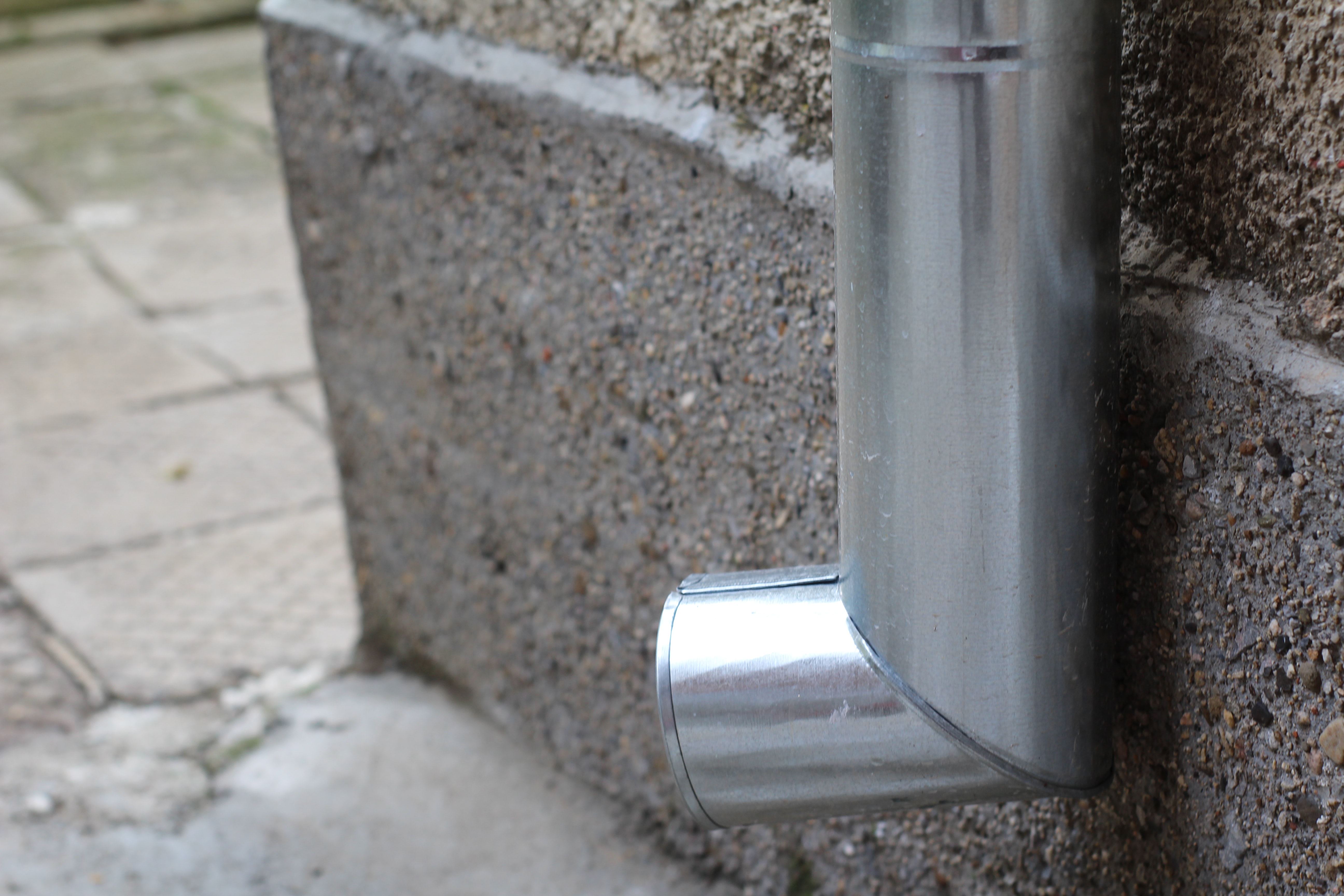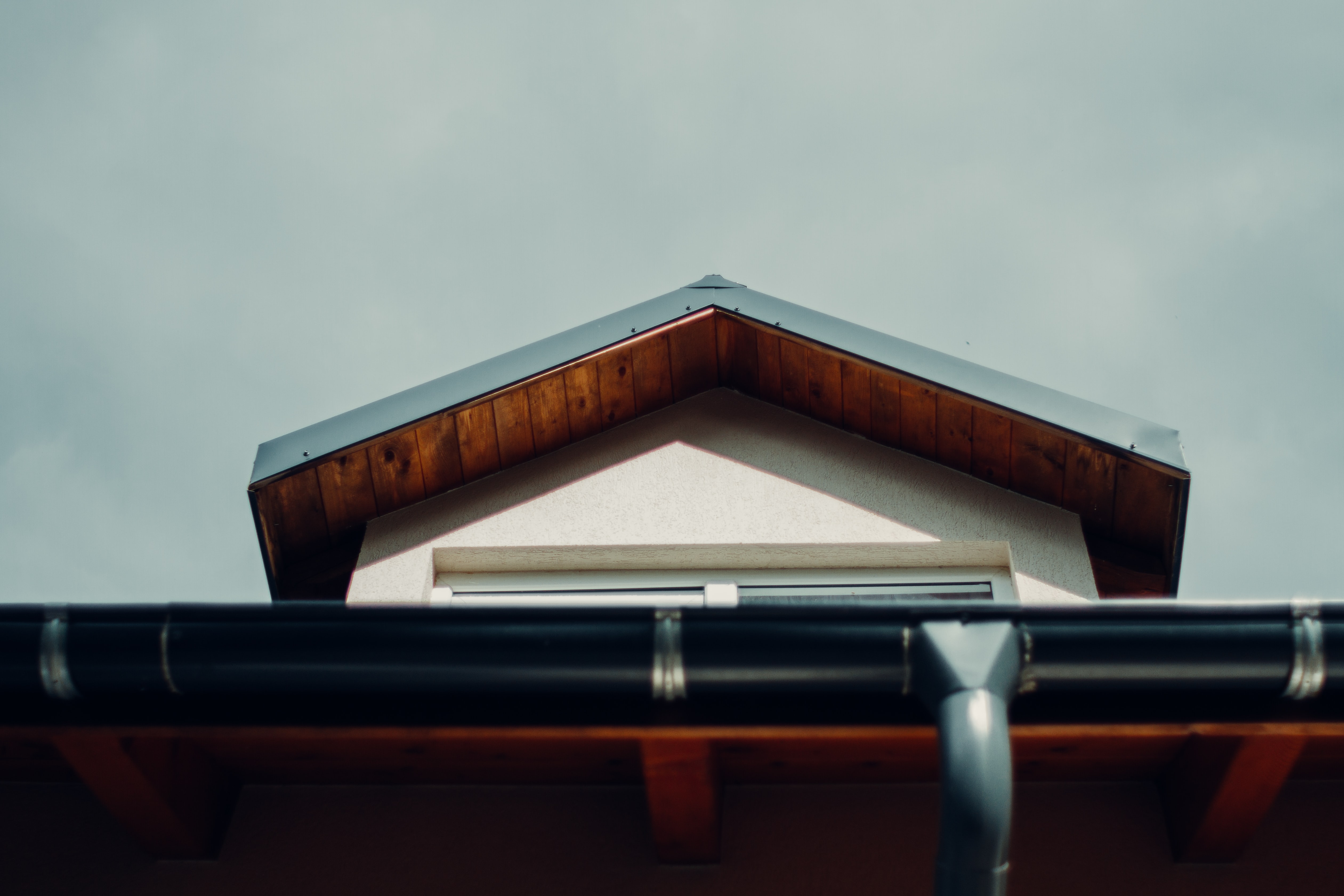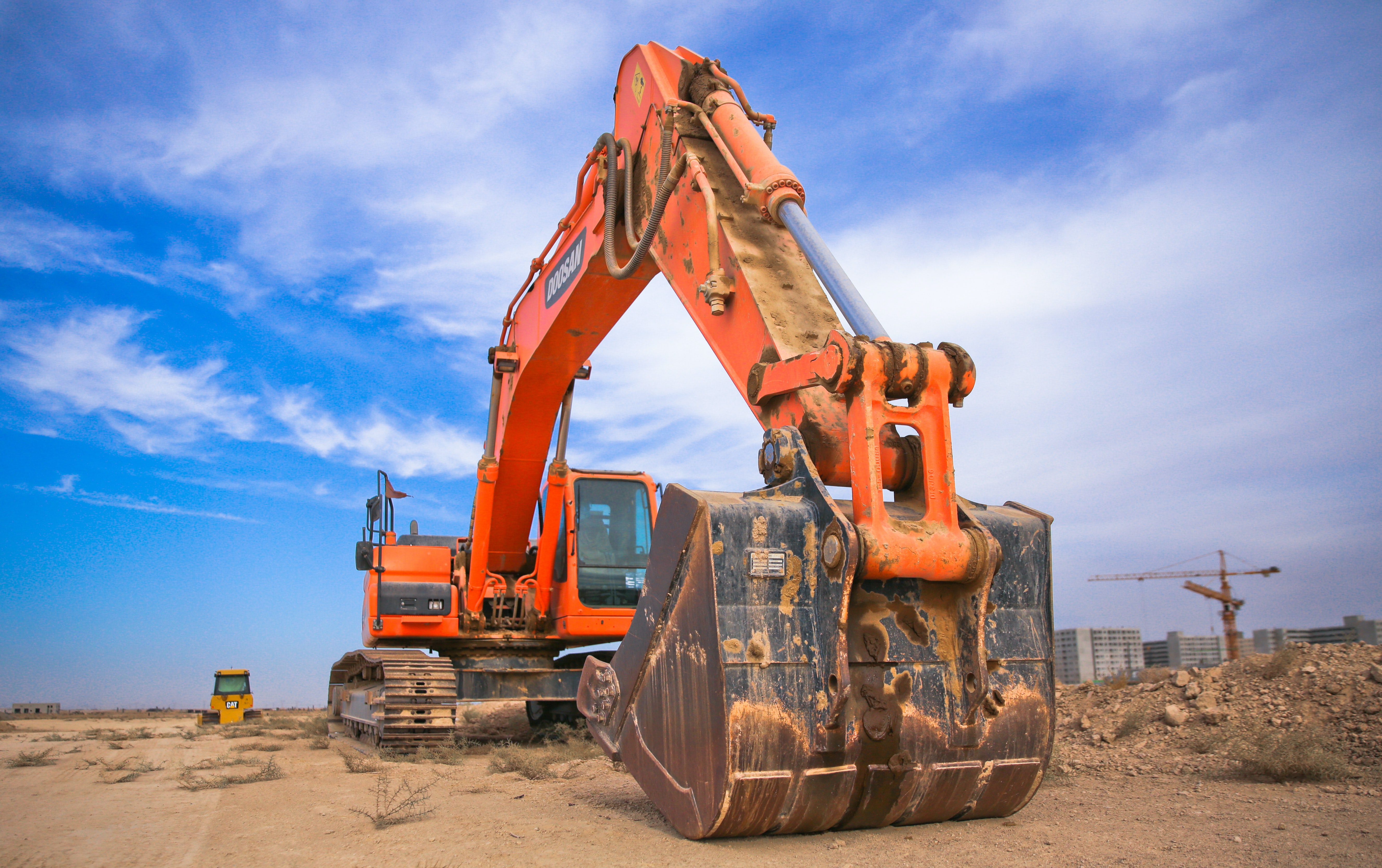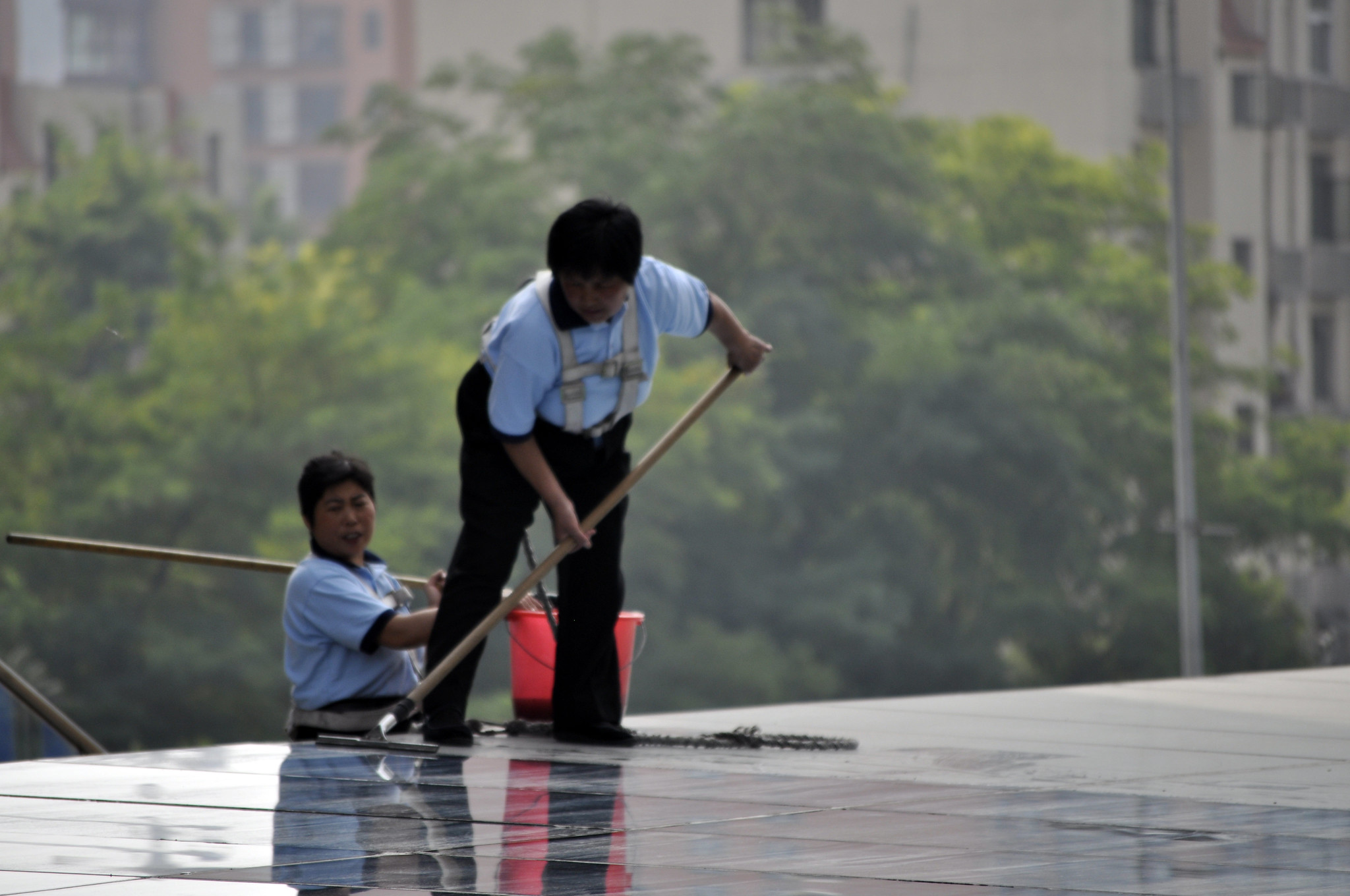Gutter overflow may be difficult to detect unless you witness it during a storm. To identify any problem spots in your gutter system, look for the telltale symptoms of unkempt landscaping and water that is collecting in one place. Cleaning away any material from your gutters can solve the problem, or it might call for more unusual fixes. In order to prevent damage to your siding, roofing, foundation, and landscaping from overflowing gutters, it's best to identify the issue and take fast action. When it comes to overflowing gutters, there are a few regular offenders. Overflowing gutter issues can be permanently fixed by locating these problem spots and doing some focused home repair enhancements.
Let’s discuss some helpful tips and suggestions to prevent your gutters from overflowing.
Tips for Preventing Your Gutters from Overflowing
You can visually examine your gutter hanger types by using the tips below. Be aware that you can be dealing with a variety of gutter issues. If that's the case, it could be a good idea to consult a specialist to evaluate the problem.
1: Position your gutters correctly
Your gutters' pitch and tilt make a huge difference. Your house's gutter may be overflowing if it is sloping away from it (particularly during heavy storms). Too steep of a gutter's pitch, which is directed towards a downspout, can also result in an overflow. The same is true for low pitch, which makes the water pool in one place rather than flow outward. Use strap hangers for gutters for this purpose.
2: Check for ice dams
When the temperature drops, snow falls. Snow on your roof's peak melts if your attic is too warm. When the water gets to the gutters and cooler temperatures, it refreezes, creating an impenetrable blockage in the gutters and downspouts.
3: Check for Sticks in your rain gutters
Leaves may get hooked on a small stick or twig that has become wedged in the outlet, causing a blockage. This can completely block a low capacity gutter system or gutter run in a couple of minutes. This issue can occasionally be resolved by simply blowing into the outlet at the bottom.
4: Acquire larger gutters
A home's current gutters may occasionally be inadequate to handle the volume or rate of water runoff from the roof. Homes with steeply pitched roofs are more likely to have this. Larger-than-normal gutters that are designed to manage greater volumes of runoff water are typically available at home improvement or hardware stores.
Installing bigger gutters can be your next course of action if your pitch and tilt are accurate and your gutters don't have any interior issues, such as blocked debris. They won't just be able to divert more water away from your house, but they also have a lower chance of becoming blocked with debris.
Installing new seamless gutters could be a fantastic method to increase curb appeal and give your house a brand-new appearance if your gutters are old and beginning to show symptoms of aging.
This leads to our next point…

Use gutters of the correct size
Consider constructing a larger gutter if you live in an area with a lot of rain or if your roof is taller than average, both of which cause your gutters to gather more rainwater. Choose a five- or six-inch gutter rather than a smaller four-inch gutter. You can also make use of hidden hangers for gutters.
Fix gutter guards
Your gutter system is constantly protected by gutter guards. They avoid the majority of obstructions and keep your gutters clear of all debris. Although costly and maintenance-intensive, gutter guards are the best way to prevent your gutters from overflowing. Choose a low-maintenance solution if you invest in gutter guards so you won't have to clean them as frequently.
Verify the gutters' pitch and tilt
If there are no clogs in your gutters but water is still overflowing into the ground, your gutters may be installed incorrectly. First, check to see if your gutters are tilting forward or backward by laying a level across the mouth of the gutters. Next, examine the guttering runs' slope.
If it's too flat, water won't flow toward the downspouts; if it's too steep, during a strong storm, rushing water may splash over the edges. For that, there are many half-round gutter hanger options available.
Simply being aware is a very simple but effective way to avoid bigger issues
How frequently do you check your gutters visually, even if nothing is wrong? It's challenging to stay on top of everything as a homeowner. It's also doubtful that you have a checklist that you go over each month unless you're a DIY enthusiast who enjoys home repair. We advise "bucketing" your visual inspections with other chores to keep things straightforward. Check your gutters as well once spring arrives and you start mowing the yard. On a pleasant fall day, raking leaves? Verify the gutters. You'll spare yourself future stress if you can solve the issue before it becomes expensive (or before the next storm).

FAQs
Why Is There an Overflow in Heavy Rain in My Gutter?
You may be dealing with a more serious problem if your gutters are unable to withstand heavy rain. Depending on your climate, it may not happen often enough for heavy rain to be a concern.
However, it can be worthwhile to look into a solution before the damage is too severe if your gutters are unable to withstand your annual rainy season.
Do Gutter Covers Lead to Water Overflowing?
The best screen guards are those constructed of perforated plastic or metal; mesh screens tend to clog easily and frequently build a layer of sludge from dirt and tree debris that effectively seals them off and makes water flow over the edge.
Do Gutter Guards Function in Torrential Rain?
Gutter guards function under heavy rain if you get the appropriate one for the job. No matter what the weather, an efficient gutter protection system keeps debris out while still allowing water to flow because of its raised mesh pattern, powder-coated aluminum frame, and strengthened fasteners.











Leave a comment